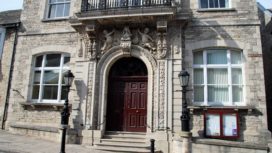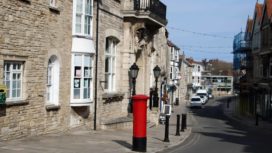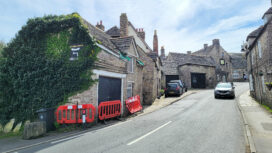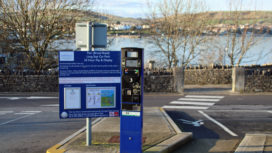Across Dorset, 45 communities already have electronic signs that show an approaching vehicle’s speed and now Swanage may get one too.
At the Swanage Town Council meeting on Monday 19th October 2020, councillors agreed to commission surveys at three locations in Swanage to see if they were suitable places to install Speed Indicator Signs (SIDs)
Flash a warning
SIDs are electronic signs that detect and display an approaching car’s speed with flashing lights. If a vehicle is over the limit it will flash a warning but if under the limit it thanks the motorist for their consideration.
These devices can already be found in many communities across Purbeck, including two each in Corfe Castle, Studland, Worth Matravers and Langton Matravers.
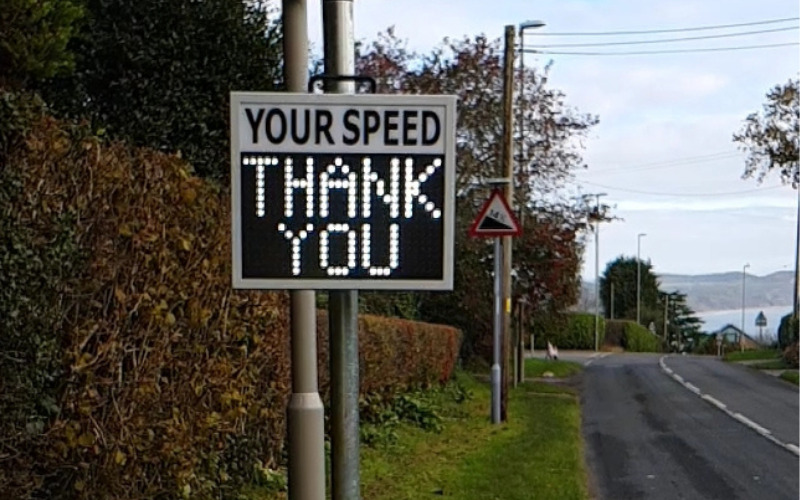
Where in Swanage would it be?
Road safety officer at Dorset Council, Rob Camp gave a presentation to the September meeting of the Swanage Town Council’s roads and transport committee about the effectiveness of SIDs.
The committee agreed in principle to explore the possibility of installing a sign at three approach roads to the town – High Street, Ulwell Road and Northbrook Road.
At Monday’s full council meeting the decision was approved and it was agreed to spend £600 on three surveys to assess the locations.
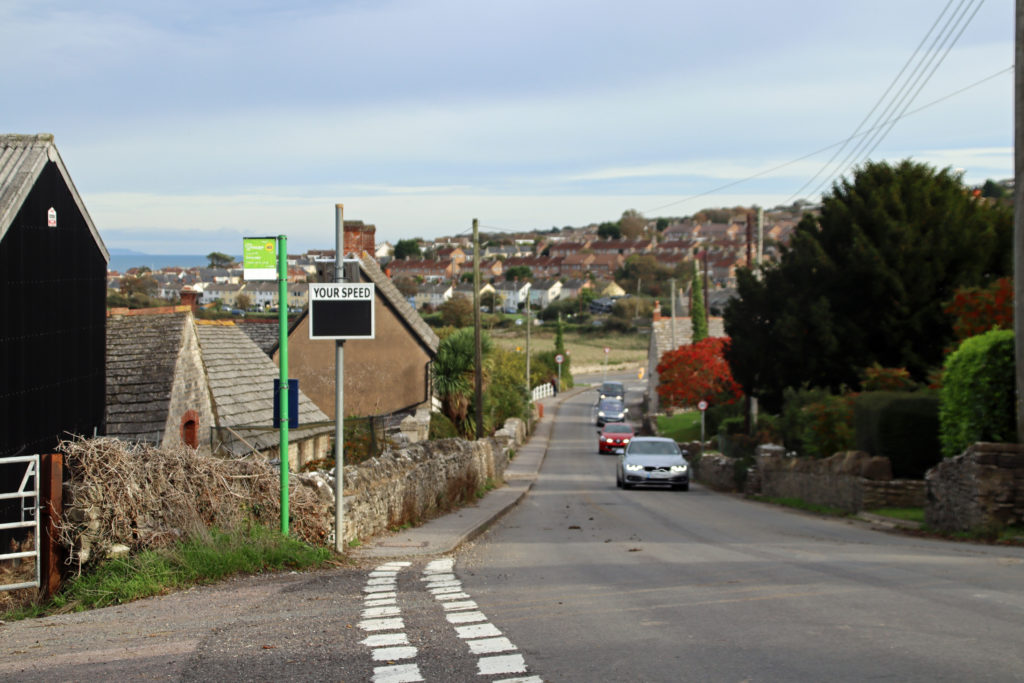
The Speed Indicator Device on the road out of Langton Matravers towards Swanage
Speed signs in nearby Wool
Dorset Council has studied the effectiveness of the speed signs in nearby Wool.
At a recently installed SID on the A352 Wareham Road in Wool, it was discovered that, between 7 am and 7 pm, the number of vehicles travelling more than 35 mph dropped from 369 to 142 after the introduction of SIDs, while those travelling more than 40 mph fell from 160 to 31.
Councillor Ray Bryan, Portfolio Holder for highways, travel and environment for Dorset Council, said:
“By working together with parish and town councils, this community-based initiative has expanded and become more responsive to local needs.
“These displays have a measurable impact on reducing traffic speeds, something many communities are concerned about, and they contribute towards changing driver behaviour through our towns and villages.”


